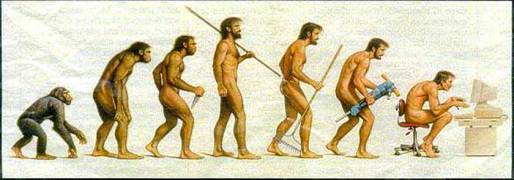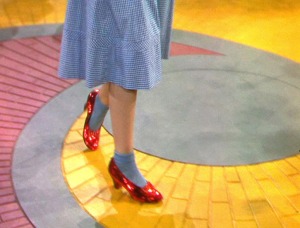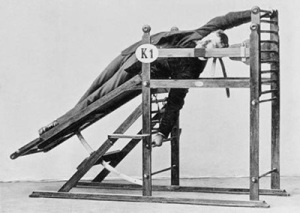 Counter-Fit
Counter-Fit
The new research about fascia and proprioception is fascinating. The fitness industry should take notice and use this new information to innovate and develop new practices.
Unfortunately the fitness industry continues down the same path for the most part, s turning a blind eye to science based information that could transform our industry.
‘No pain no gain’, ‘Keep your knees behind your toes’, ‘contract your abs’, etc.–all things the modern day personal trainer might say in any gym in America . The truth is that most trainers don’t know WHY they are giving these instructions. Since there is no accountability at present in the fitness industry, most trainers will not take a chance of rocking the boat with change. The ‘fitness mafia’ as I like to refer to them, hang their collective hats on old dogma such as periodization for hypertrophy, static stretching prior to exercise, and the recent phenomenon, ‘muscle confusion’. There is no rationale to support this dogma, and in an unregulated industry like ours, no mechanism exists to require trainers to update their practice to incorporate current science.
We now know that fascia connects everything, every tissue, and every organ in our bodies. Fascia is the mechanism by which all physical movement is communicated from one tissue and one muscle and one joint complex to the next; faster than the speed of light.
We also now are fully aware of proprioceptors and proprioception. Think of proprioceptors like a governor in a car that can be preset to control speed. Proprioceptors in the human body can control or be preset to control much more than speed. Some dictate lengthening of muscle, some twitch speed, and others determine things like tension and load. (They are named either by their anatomical location or the researchers who discovered them. Ruffini and Pacini, Muscle Spindles and Golgi Tendon organs, for example.)
Movement turns them on. Movement sets and resets them.
Proprioception means ‘sense of self. It’s how you know where your hand is when your eyes are closed. The most recent research reveals much much more about specific proprioceptors and their role in human movement.
Proprioceptive dictation has to be communicated through some physiological process and/or tissue. That tissue is fascia, which connects everything to everything else. Like a fabric or web our bodies have intelligently designed and evolved this communication process over thousands of years.
The Gray Institute, one of the bold leaders who are challenging the way we think about human movement coined this phrase, “Movement turns on proprioceptors, proprioceptors turn on muscles, and muscles control the movement.”
How can we in the fitness industry make use of the emerging science of proprioception to build not only strength, but to actually extend people’s lives. Function is the key. Our human function is to live a purposeful, meaningful, successful and pain free life. Functional movement then must follow.
Most of us spend a purposeful majority or our day upright whether seated, standing or propelling ourselves in a direction we desire.
We’re designed and have evolved to move and for mostly upright movement in three dimensions. A contrived environment that confines motion, such as working out in a static one-dimensional plane (direction), is not authentic. Next time you walk by an elementary playground watch children move. They move in all dimensions virtually unrestricted.
Now think think of these mechanoreceptors as the brains of each muscle and joint and that these little brains talk to each other constantly and they learn how to move by how we move. The fitness industry is attempting motion replication in conflict with how we evolved. Asymmetry, disfunction, and then pain typically follow.
In evolutionary terms the science of exercise physiology as we know it has existed for one second out of all the seconds that make up the last year (31,536,000 seconds to be exact).
The modern-day fitness industry trains clients counter to our design and counter to functional evolution. As the science digs deeper, the fitness industry’s unwillingness to look deeper and question what we know dishonors our evolutionary design and its adaptive nature.
“The mind is like a parachute, it doesn’t work if it’s not open”
-Frank Zappa




